Why is Kenyan coffee getting more expensive but less flavorful than it used to be? Kenya Marseilles aa coffee beans are boiled
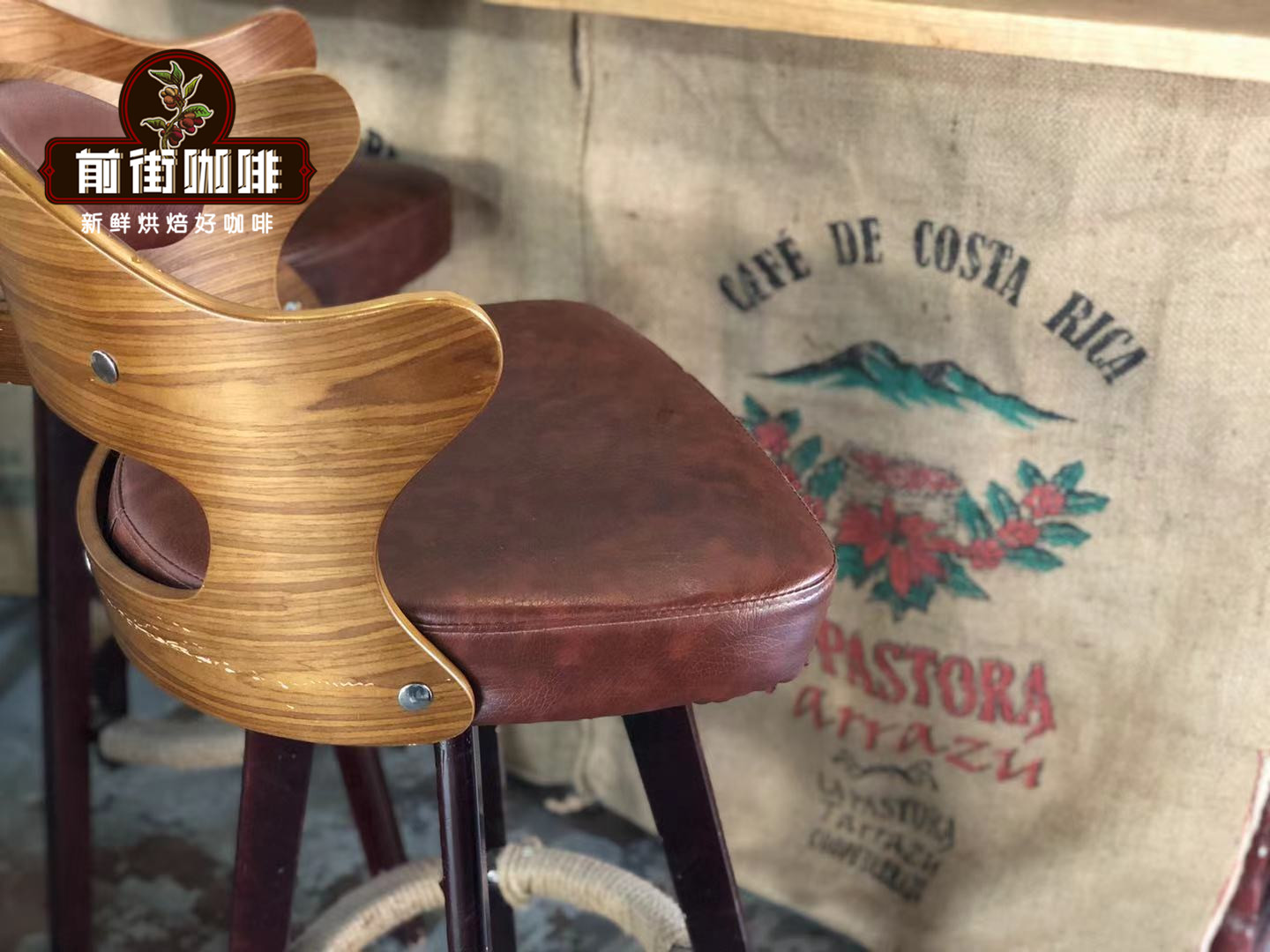
Professional coffee knowledge exchange more coffee bean information please follow the coffee workshop (Wechat official account cafe_style)
Information on coffee producing areas in Kenya
Kenyan government officials said on December 8, 2020 that Kenyan coffee production is expected to be 4000 to 40, 000 tons less than 2019 in 2020, and this reduction will not have an impact on Kenyan coffee exports in 2021. Humadi Boga (Hamadi Boga), chief secretary of the country's Ministry of Agriculture, Fisheries and Animal Husbandry, said the decline in acreage and productivity were the main reasons for the decline.
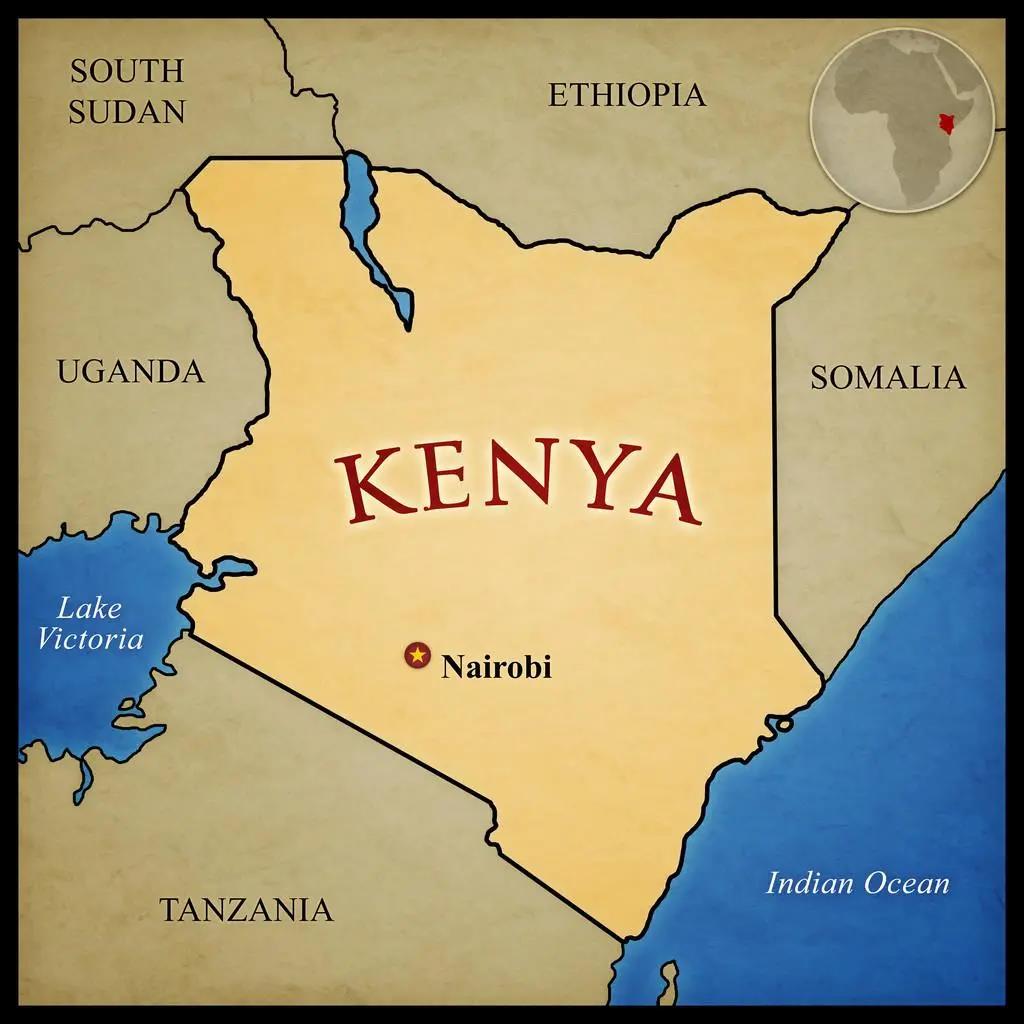
Why did Kenya see a decline in acreage?
In Kenya, small farm farmers tend to deliver fresh coffee fruits to cooperatives, which are then processed and sold to domestic and foreign markets. However, in this process, the complexity of cooperative business processes leads to delays in payment to farmers, which hinders the production investment of farmers in the country and reduces their productivity. At the same time, it is also found that some coffee farmers' associations have changed the coffee planting land into building houses, thus naturally reducing the planting area.
Why is Kenyan coffee becoming more and more expensive but less flavorful than before?
According to the current trend of reduced coffee cultivation and coffee market in Kenya, there will be fewer and fewer beans in Kenya, and the quality of coffee will not be guaranteed, which is the main reason why there is less and less Kenyan coffee on the market and the price is high. Qianjie has been conducting cup tests with different Kenyan coffee beans since last year, hoping to find a Kenyan coffee bean of good quality and cost-effective to share with you, but in addition to the Kenyan Azaria coffee beans on the shelves, there is not a new bean that allows Qianjie baristas to hold up the brand that passed during the cup test. There doesn't seem to be too many programs for each type of coffee bean on the front street, just one key point: drinking the flavor of the producing area can not be done for every type of coffee bean.
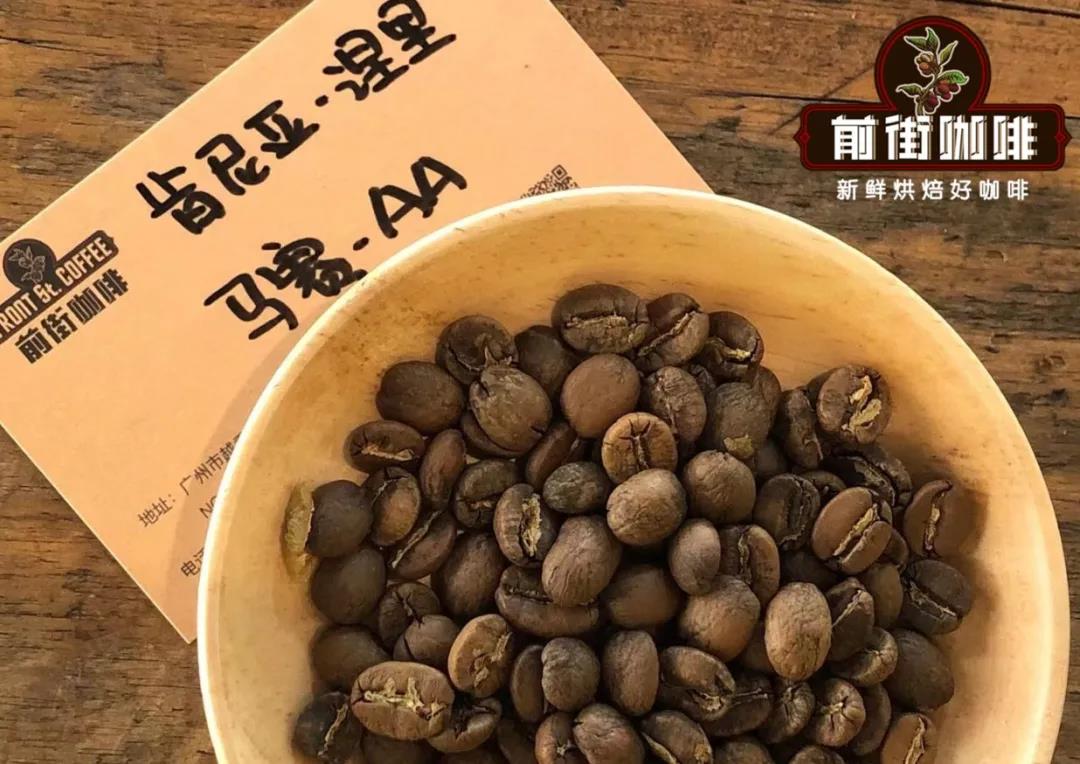
Front Street Coffee-Marseilles AA Coffee beans
Producing area: Neri, Kenya
Variety: SL28&SL34
Treatment: washing treatment
Altitude: 1600-2100m
Grade: AA
Neri coffee producing area
Nyeri
Neri, Kenya's most famous coffee-producing region, is located in west-central Kenya, surrounded by Mount Mount Kenya and Mount Aberdare, and the towering snow-capped mountains can be seen from the Laikipia plain. Surrounded by mountains, the eastern end of the Great Rift Valley of East Africa passes from then on, and the meltwater of the snow-capped mountains brings it pure and cool water. The excellent natural conditions here not only provide habitat for many wild species, but also give birth to the unique flavor of Kenyan coffee.
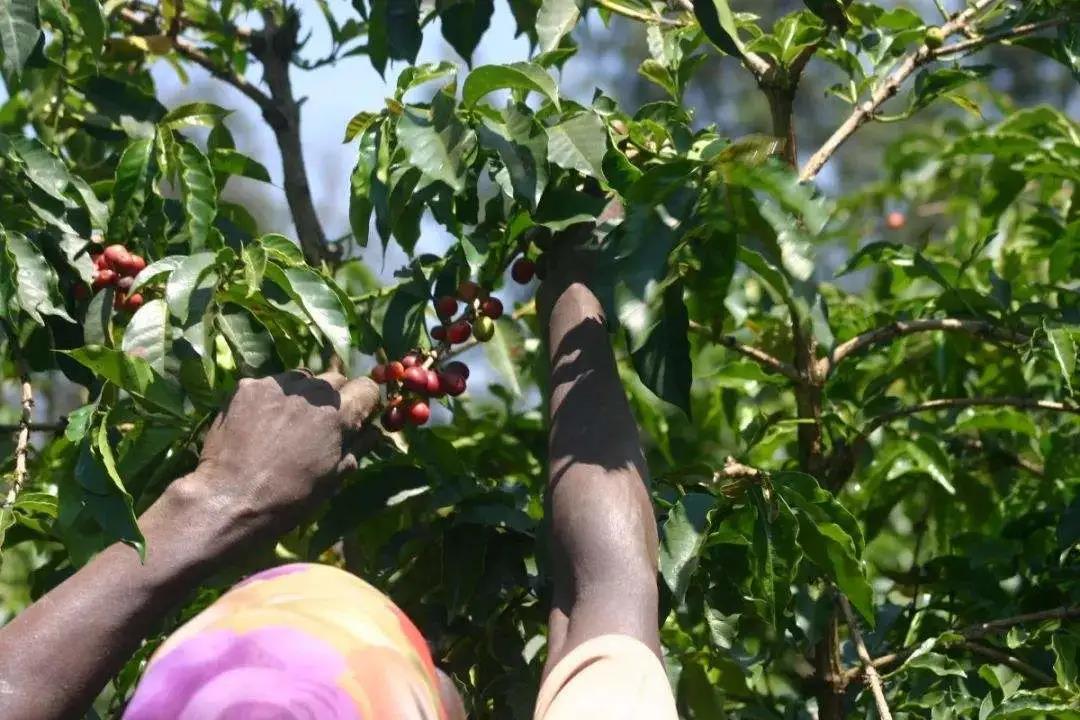
Agricultural cultivation is an important economic industry in Neri District, and the thick red volcanic soil is very suitable for growing tea and coffee. Two well-known varieties, SL28 and SL34, are mainly grown in this area. Qianjie tested the coffee beans in the producing area through cups, and its coffee flavor showed full and juicy sweet and sour taste, black currant acidity and black plum aftertaste, which is a very classic "Kenyan impression".
Why is this coffee bean called Marseilles?
Maasai
The coffee beans from Qianjie are planted near the Aberdale Mountains, where the sacks are printed with the image of nomadic Maasai people, and the name of the coffee beans comes from this.
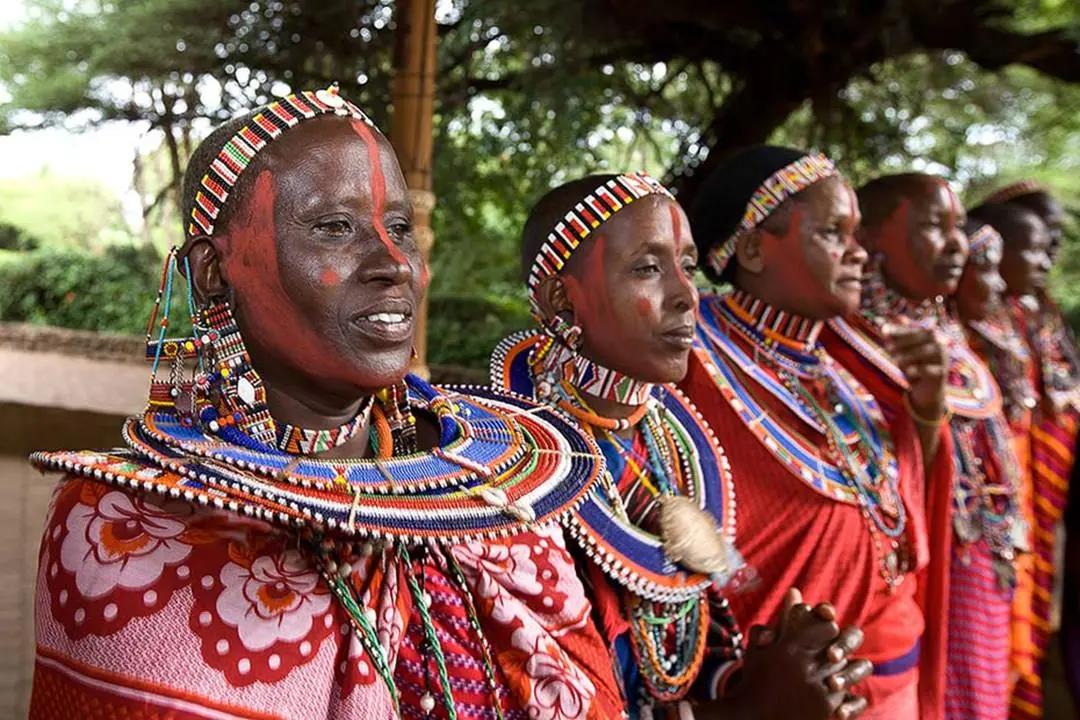
This Kenyan Marseille coffee bean is as acidic as black currant and black plum, and has a full taste like a Maasai, giving everyone a "primitive" feeling in the mouth.
Kenyan coffee varieties
SL28 & SL34
In 1930, the unique Kenyan varieties SL28 and SL34, which were cultivated and named by Scott Laboratories laboratory, were in Liang.
SL28 is a single variety selected from the drought-resistant population of Tanganyika in 1935. SL28 varieties are suitable for middle and high altitude areas and have the ability of drought resistance, but they are very sensitive to the main diseases of coffee. The appearance of SL28 bean is similar to that of bourbon variety, and it is round and thick. In recent years, genetic tests have confirmed that SL28 belongs to the bourbon gene group.
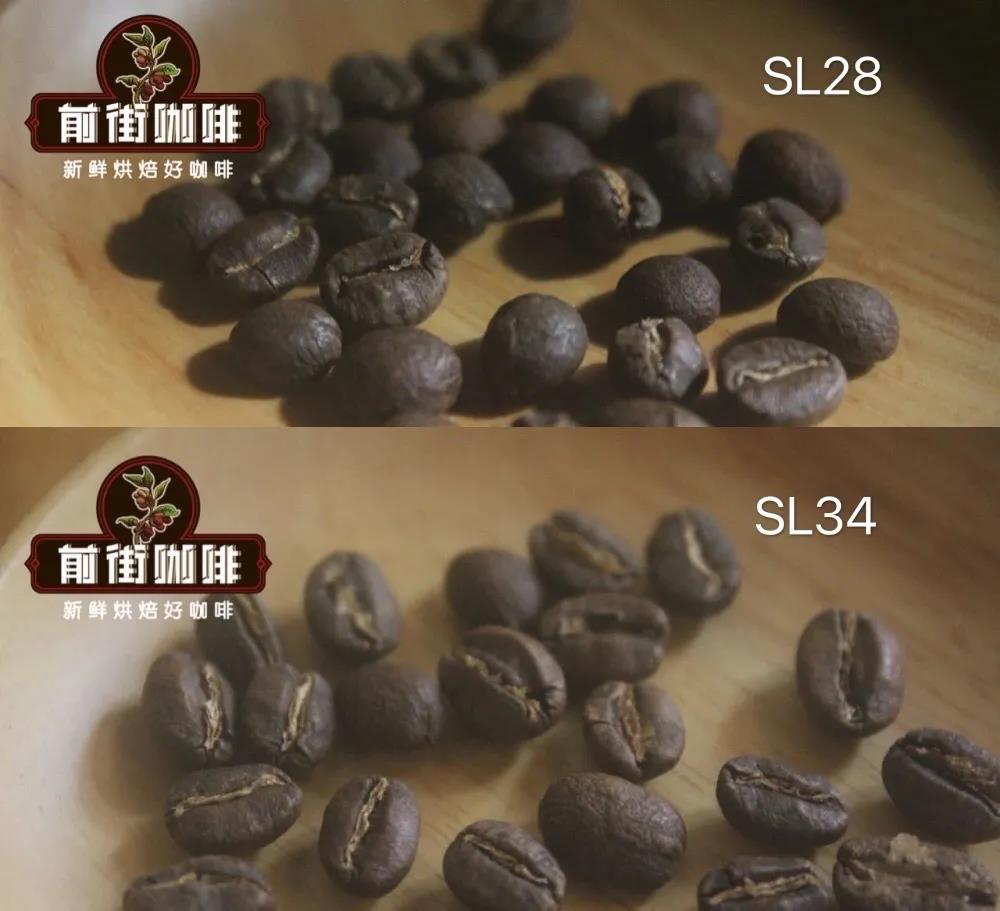
SL34 was first selected at the Scott Agricultural Laboratory in Kenya in the late 1930s. SL34 was selected from a tree in the Kabete Loresho property in Kenya, which is called the "French missionary". The appearance of SL34 beans is similar to that of iron card varieties, and the beans close to the shape of iron card beans are screened from Kenyan beans in the front street. The beans are long and oval in shape and look flat on the side. In recent years, genetic tests have shown that SL34 is related to the genome of iron pickup.
Washing treatment method
Washed
The Kenyan coffee beans from the front street are not washed in Kenya for 72 hours, but use the most traditional washing method. First remove the peel and pulp and let it ferment for 12-18 hours, then put the fermented beans into the pool and move them back and forth, using the friction of the beans and the power of running water to wash the coffee beans until smooth and clean. After washing, the coffee beans are also wrapped in the pericarp, with a moisture content of 50%, so it should be dried to reduce the moisture content to 12-14%.
Qianjie Coffee Baking record
The front street baker uses Yang family 800N semi-direct fire, the amount of beans is 480g: the furnace temperature is 170 degrees Celsius, the throttle is 3, and the firepower is 120. Temperature recovery point: 39,36 ". The temperature rises to 112C, the throttle opens 4. Bake to 550C, the temperature turns yellow, the smell of grass disappears completely, and the dehydration is complete.
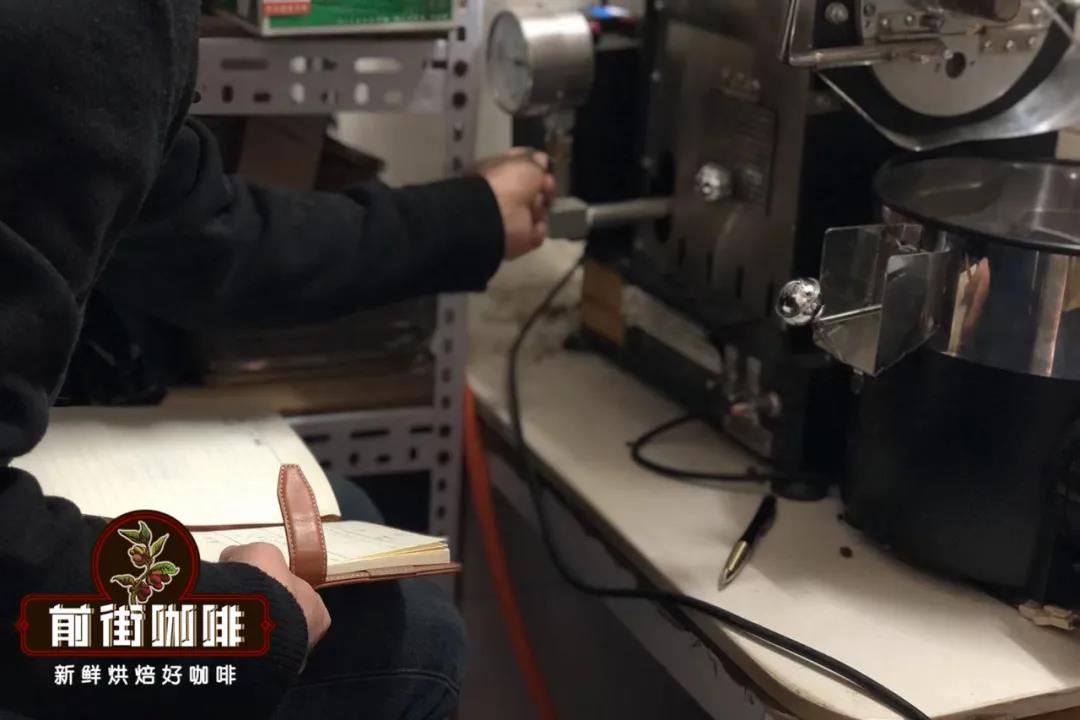
When the bean surface appears ugly Hu wrinkles and black markings, the smell of toast obviously changes to the smell of coffee, which can be defined as a prelude to an explosion. At this time, it is necessary to listen carefully to the sound of the explosion point, which starts to explode at 8: 50 ", the throttle remains the same, and the firepower is reduced to 100." the development time of an explosion is 2: 00 ", put into the pot at 192 degrees.
Coffee cup test report on Qianjie
Dry incense: Wumei
Shixiang: blackcurrant
Flavor: White tea, black sugar, black plum, blackcurrant
Experience of brewing coffee in Qianjie
Qianjie Coffee notes that Kenyan coffee beans are easily overextracted, so the grinding degree should be between fine and coarse (sieve powder in No. 20 sieve bowl to 77%), and the proportion of powder should be slightly increased.
Filter cup: V60 # 01
Water temperature: 90 degrees
Powder content: 15g
Ratio of powder to water: 1:16
Degree of grinding: BG#6S (sieve powder in No. 20 sieve bowl to 77%)
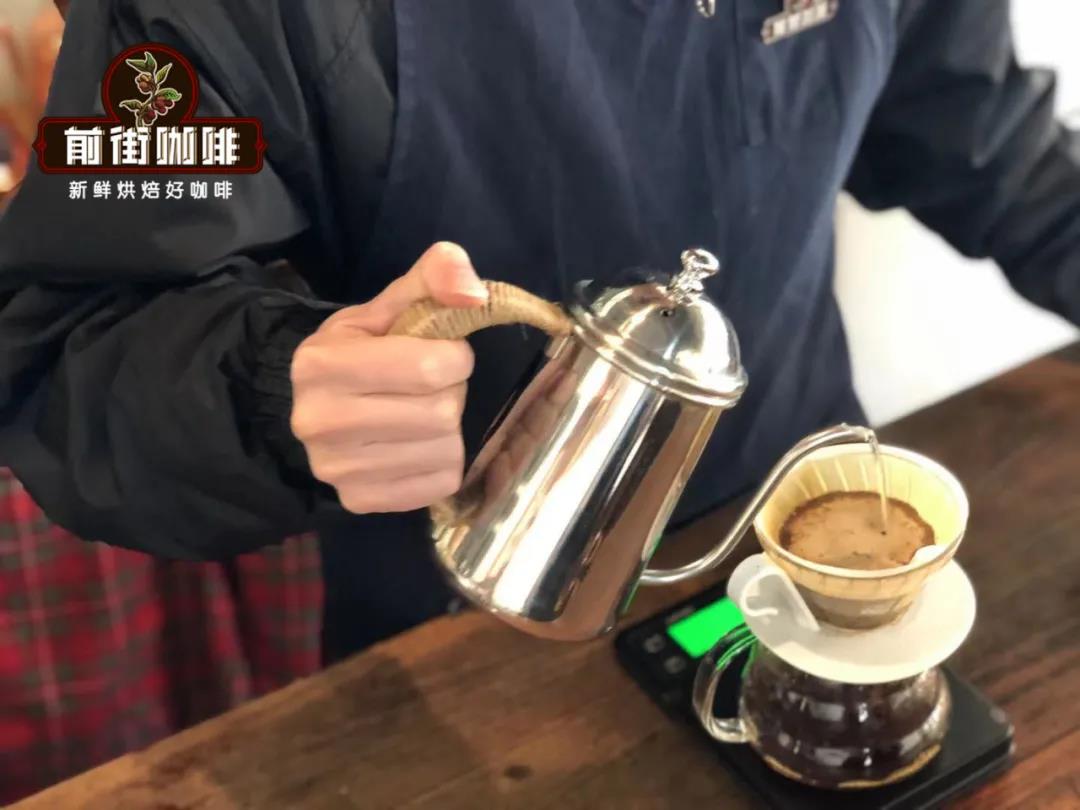
The front street cooking technique: first wet the filter paper and preheat the filter cup and the coffee pot. Steam with 30 grams of water for 30 seconds, small flow circle injection to 130 grams, continue to inject water to 240 grams when the water level is about to be exposed, remove the filter cup when the water level is about to expose the powder bed, (the time of steaming starts) the extraction time is 20.02 ".
Brewing flavor: the entrance is full of blackcurrant juice, acidity of black plum and sweetness of black sugar. after a few seconds, there is a complete "retreat" and the cleanliness of white tea. It's like a group of Maasai people running in your mouth, and then they find that they all retreat in the wrong place, leaving behind a prairie with running marks.
For more boutique coffee beans, please add private Qianjie coffee on Wechat. WeChat account: kaixinguoguo0925
Important Notice :
前街咖啡 FrontStreet Coffee has moved to new addredd:
FrontStreet Coffee Address: 315,Donghua East Road,GuangZhou
Tel:020 38364473
- Prev
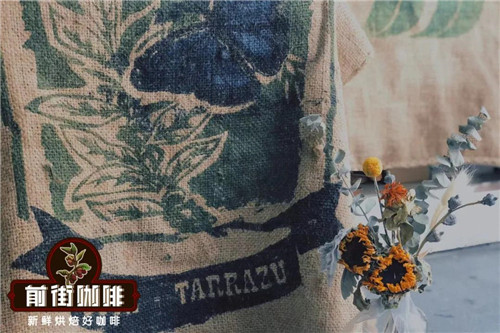
Coffee bean yellow honey treatment with honey? Why is honey treatment sweet? Where does the sweetness of coffee beans come from
Professional coffee knowledge exchange more coffee bean information please follow the coffee workshop (Wechat official account cafe_style) Costa Rica production area information News! So far, COVID-19 has not been well controlled in the Americas, and the borders of Central American countries have been blocked, which has led to extremely inconvenient labor exchanges between countries, and many countries are lack of labor during the coffee harvest season.
- Next
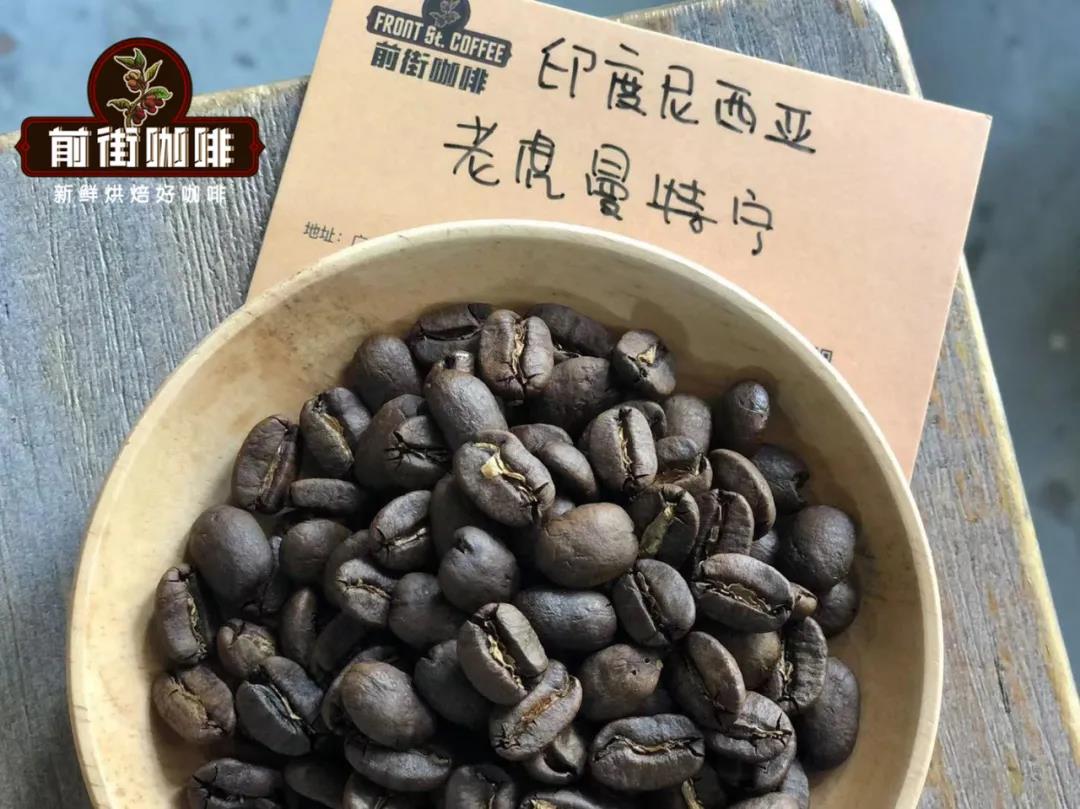
What are the coffee beans with obvious aroma? Indonesian Sumatran tiger Mantenin hand brewed coffee flavor
Professional coffee knowledge exchange more information about coffee beans Please pay attention to the coffee workshop (Wechat official account cafe_style) the Sumatran tiger, an endangered rare animal, is always so powerful and calm in people's minds. On the island of Sumatra, there is a manning coffee with a powerful aroma like a Sumatran tiger and a steady and mellow taste. Manning coffee is recommended in the front street.
Related
- Beginners will see the "Coffee pull flower" guide!
- What is the difference between ice blog purified milk and ordinary milk coffee?
- Why is the Philippines the largest producer of crops in Liberia?
- For coffee extraction, should the fine powder be retained?
- How does extracted espresso fill pressed powder? How much strength does it take to press the powder?
- How to make jasmine cold extract coffee? Is the jasmine + latte good?
- Will this little toy really make the coffee taste better? How does Lily Drip affect coffee extraction?
- Will the action of slapping the filter cup also affect coffee extraction?
- What's the difference between powder-to-water ratio and powder-to-liquid ratio?
- What is the Ethiopian local species? What does it have to do with Heirloom native species?

